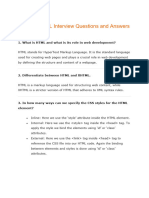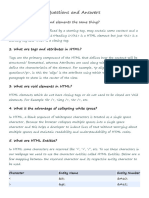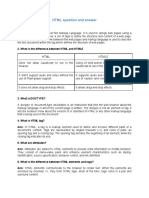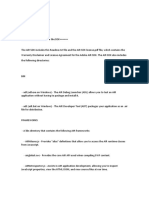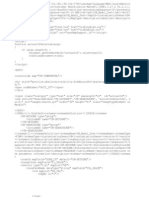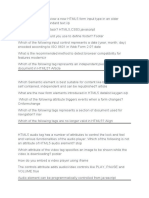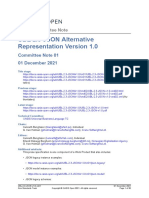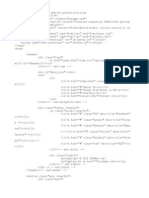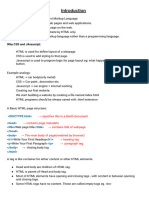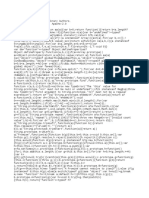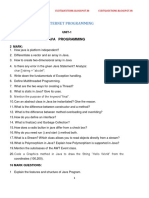0% found this document useful (0 votes)
14 views5 pagesHTML Interview Questions
The document provides a comprehensive list of 50 commonly asked HTML interview questions along with detailed answers. Topics covered include HTML basics, tags, attributes, semantic elements, forms, and web storage. It serves as a valuable resource for individuals preparing for HTML-related job interviews.
Uploaded by
sukharamaCopyright
© © All Rights Reserved
We take content rights seriously. If you suspect this is your content, claim it here.
Available Formats
Download as TXT, PDF, TXT or read online on Scribd
0% found this document useful (0 votes)
14 views5 pagesHTML Interview Questions
The document provides a comprehensive list of 50 commonly asked HTML interview questions along with detailed answers. Topics covered include HTML basics, tags, attributes, semantic elements, forms, and web storage. It serves as a valuable resource for individuals preparing for HTML-related job interviews.
Uploaded by
sukharamaCopyright
© © All Rights Reserved
We take content rights seriously. If you suspect this is your content, claim it here.
Available Formats
Download as TXT, PDF, TXT or read online on Scribd
/ 5

























